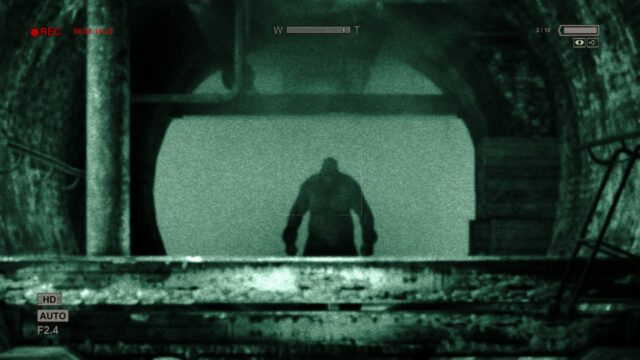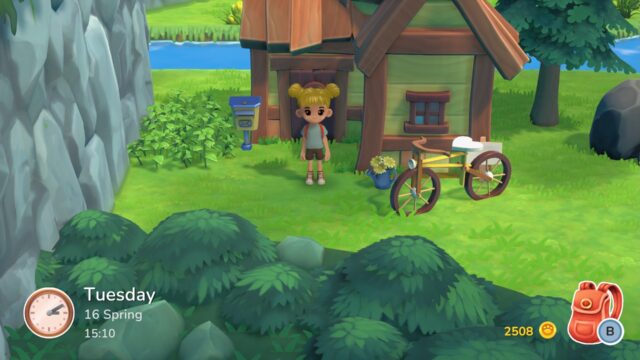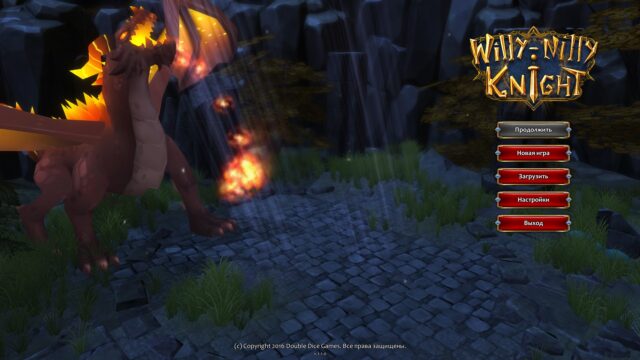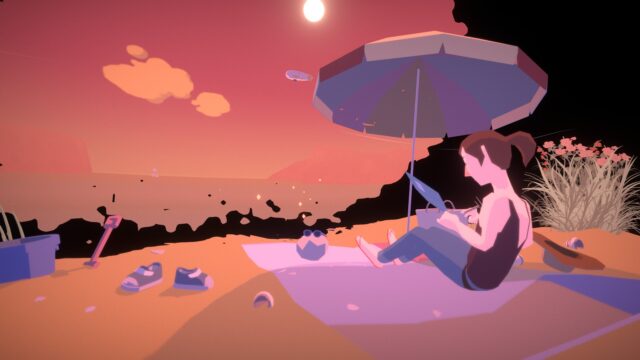Steam Library: Regions of Ruin
Gnomes are always unlucky. Rarely will a plot justify their characteristic quarrelsomeness, closedness, and other typical flaws with anything other than a story about their devastated historical homeland. In one separate fantasy universe, gnomes even came up with the idea of creating a large “Book of Grievances” so that generations would not forget to pay tribute to their ancestors, even through centuries of other trivial matters.
And finally, a game happened where the unfortunate people do not mourn a house burned down two hundred years ago. Because the house was literally burned down again yesterday, and instead of crying, one must take oneself, one’s armor, one’s axe, and fight for a place under the sun. Since it didn’t work out under the mountains.

The tireless gnomes of Regions of Ruin seem to have no other life than the endless rebuilding of their civilization on old ruins. Here and now, our hero manages to settle on the surface and rescue dozens of captured gnomes from various goblins and orcs. The goblins and orcs, in turn, have partly settled in their own clay and stick-built villages, and partly inhabit the ruins of old gnome fortresses and cemeteries. Those, in turn, hold even more ancient secrets; judging by the results, the ancient gnomes were also unlucky with their neighbors.
But yes, it is time to spin the wheel of samsara with our own hands.
Building a happy above-ground gnome city is, in principle, simple.
First, the energetic future great leader enters a two-dimensional pixel forest, where using standard means like WASD and left mouse clicks, clears the area of goblins. After regaining strength and familiarizing oneself with the simple inventory, the moderately arcade-like leveling system, and clicking all the glowing buttons, the hero learns to build useful buildings. Well, not exactly build – but rather allocate resources and give orders, and then the wards will quickly do everything themselves.
The last item we are taught is how to use the mini-map, on which, firstly, reconnaissance of the area is ordered, secondly, a thousand pictograms indicating interesting places are located, and thirdly, there is a special button with which we will send the rescued workers to gather building materials in the background on cleared areas. And that’s basically it, there are no more intricacies in Regions of Ruin. Next, we await a multi-hour journey through tiny little locations, the acquisition of legendary axes, and the dismantling of cells with captive gnomes.

RoR – paradise for indie adventurers. The first and perhaps the main challenge in the game is to get better gear in order to travel further, in order to get better gear, in order to travel further.
However, in nine out of ten cases, updates will not be obtained through fair underground battles, but rather through a personally crafted market. Throughout the forests, fields, and swamps, there is scattered high-quality junk, only suitable for disassembling and selling at the flea market. It is necessary to realize this fact in time, otherwise things will go very badly after the first hour of the game.
In three debuts out of three, my hero diligently obtained enchanted shields, helmets, armor, rings, and amulets from the nearest district to the new royal village, but he could not find anything piercing or slashing with damage higher than the unfortunate “1-5” – at all. There was little fun. But once I surrendered to the invisible hand of the market, RoR simply blossomed.
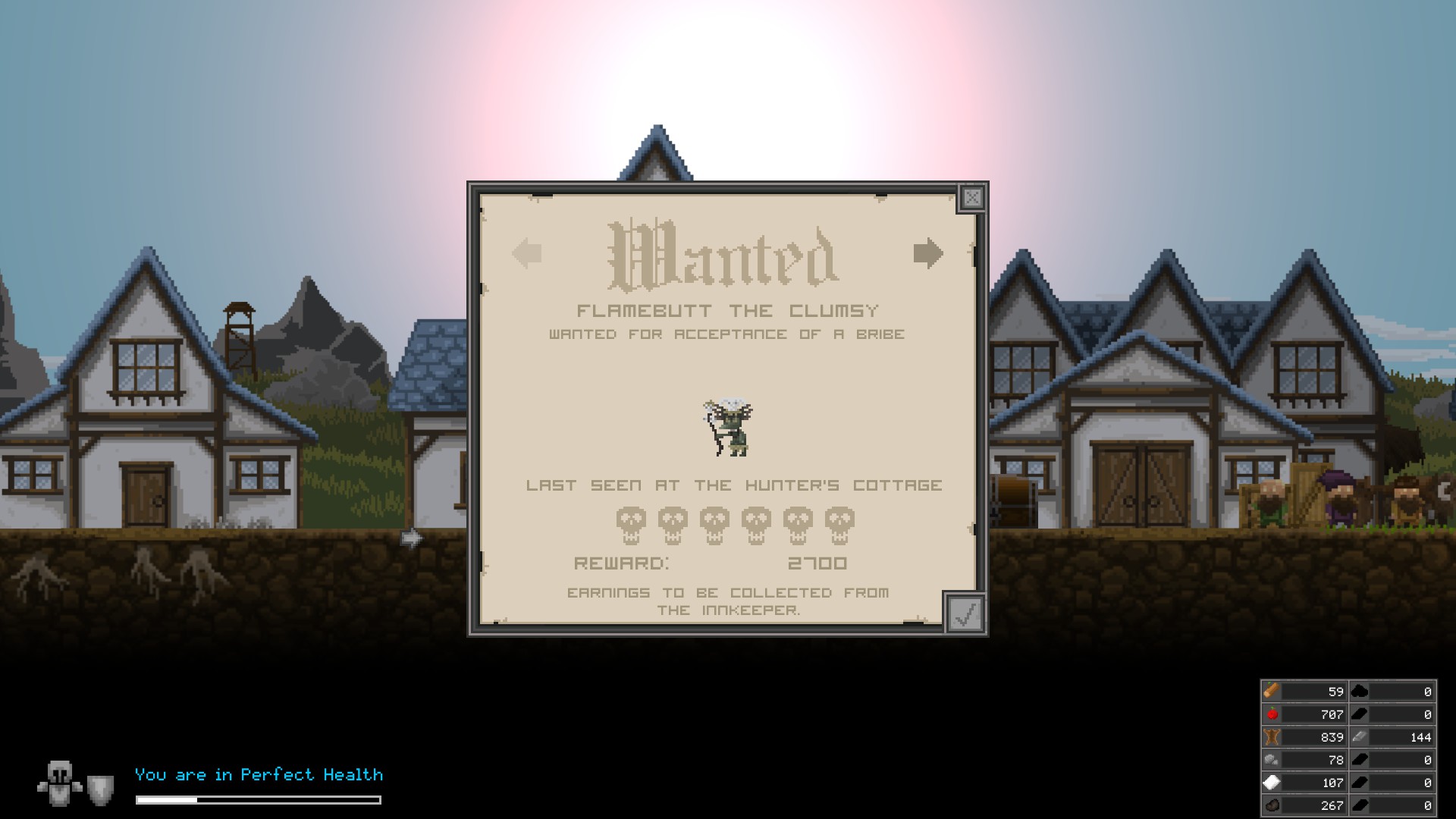
The beauty of Regions of Ruin lies in this.
The developers have cut out a lot of trendy things in games nowadays, such as randomly generated dungeons and fancy settings with a storyline, but they have really worked on every little detail.
The main example is undoubtedly the game map. Eleven stylized Munchkin simulators out of ten will boast of “infinite space,” “unique kingdoms and dungeons,” and “countless hours of gameplay.” All these promises may be true, but there is little use for all these lifeless area generators. It’s a completely clinical case. No Man’s Sky, but since we are in the two-dimensional kingdom today, let’s remember something else. Pixel Privateers The second game, of course, was made with more love than the first, and even has its own set of positive qualities, but suffers from the same disease as NMS, where wonderfully unique locations become tiresome after a few hours.
RoR went a different route and forever left players with the same, but manually and cleverly crafted map, with ruins, forests, mountains, and other tourist attractions firmly embedded in it. In the second playthrough, the starting location won’t move from the western border of the world to somewhere in the north, and the southern mountains won’t change their inhabitants or their stories. And overall, yes, the hotspots won’t differ particularly coolly from each other.
But two adjacent clearings will be different from the adjacent swamp just enough to make the game impossible to tear away from. Imagine a blitz game in “Skyrim” – the same pre-directed expanses, only in pixels, and it takes a minute for a regular cave, and five for epic catacombs.
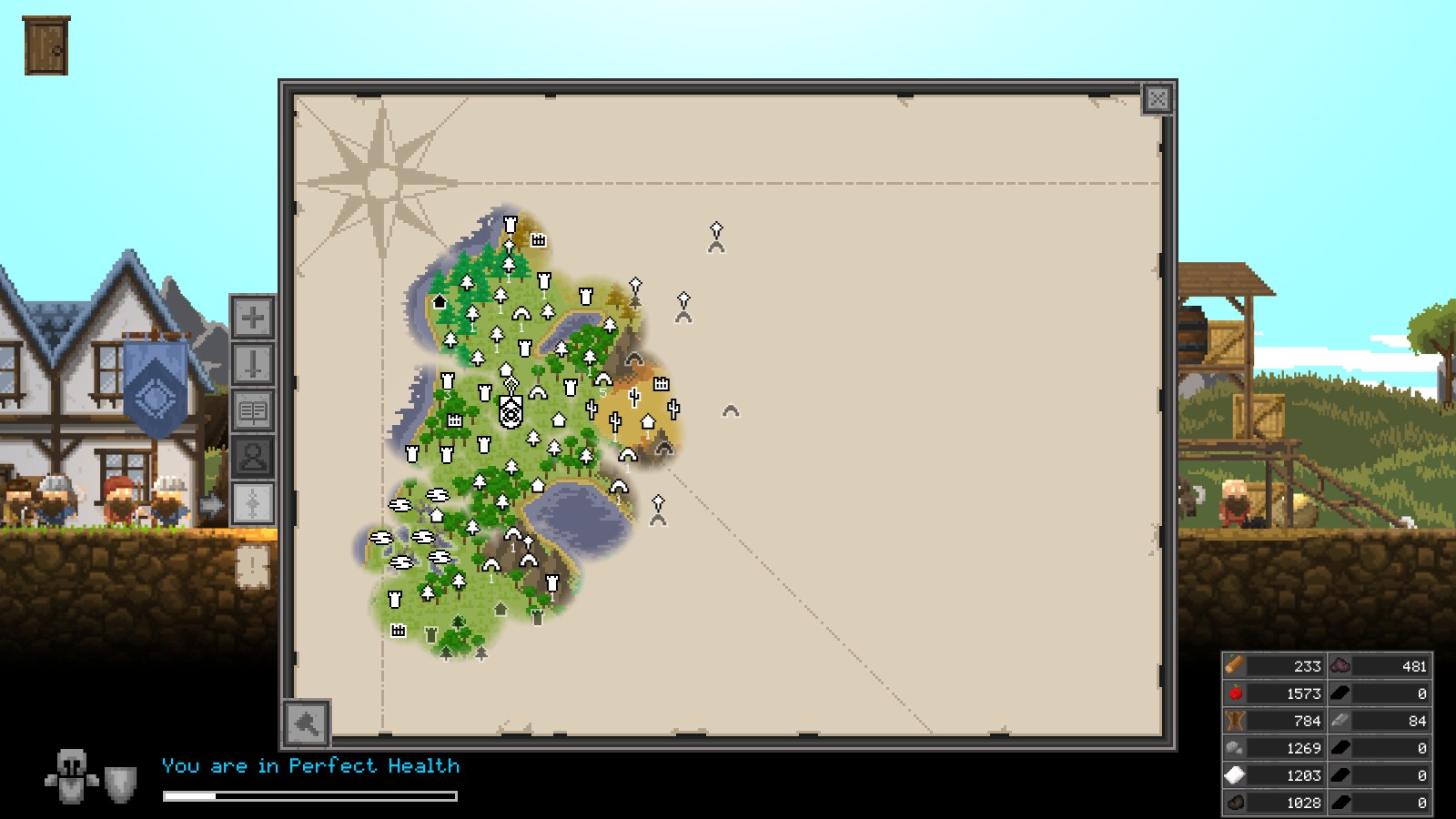
The designers also approached everything else in the same way. The gnome village is being rebuilt in the same way with the same buildings, but you can go to the local tavern and talk to random visitors to find out the coordinates of unexplored fortresses, and the tavern itself earns you money and puts it in a separate chest. The weapons, um, are used almost the same, but there are a lot of nuances in this “almost”; a newly found legendary axe with slightly better characteristics than the old reliable epic sword will be sold simply because you prefer to wield a sword.
And so on and so forth. I dare say that in Regions of Ruin there is not a single game element that the developers approached half-heartedly and that would be genuinely annoying. Even the annoying yellow frame “Press me!”, sometimes spoiling the local interface buttons, doesn’t hurt the eyes so much that it can’t be easily ignored.
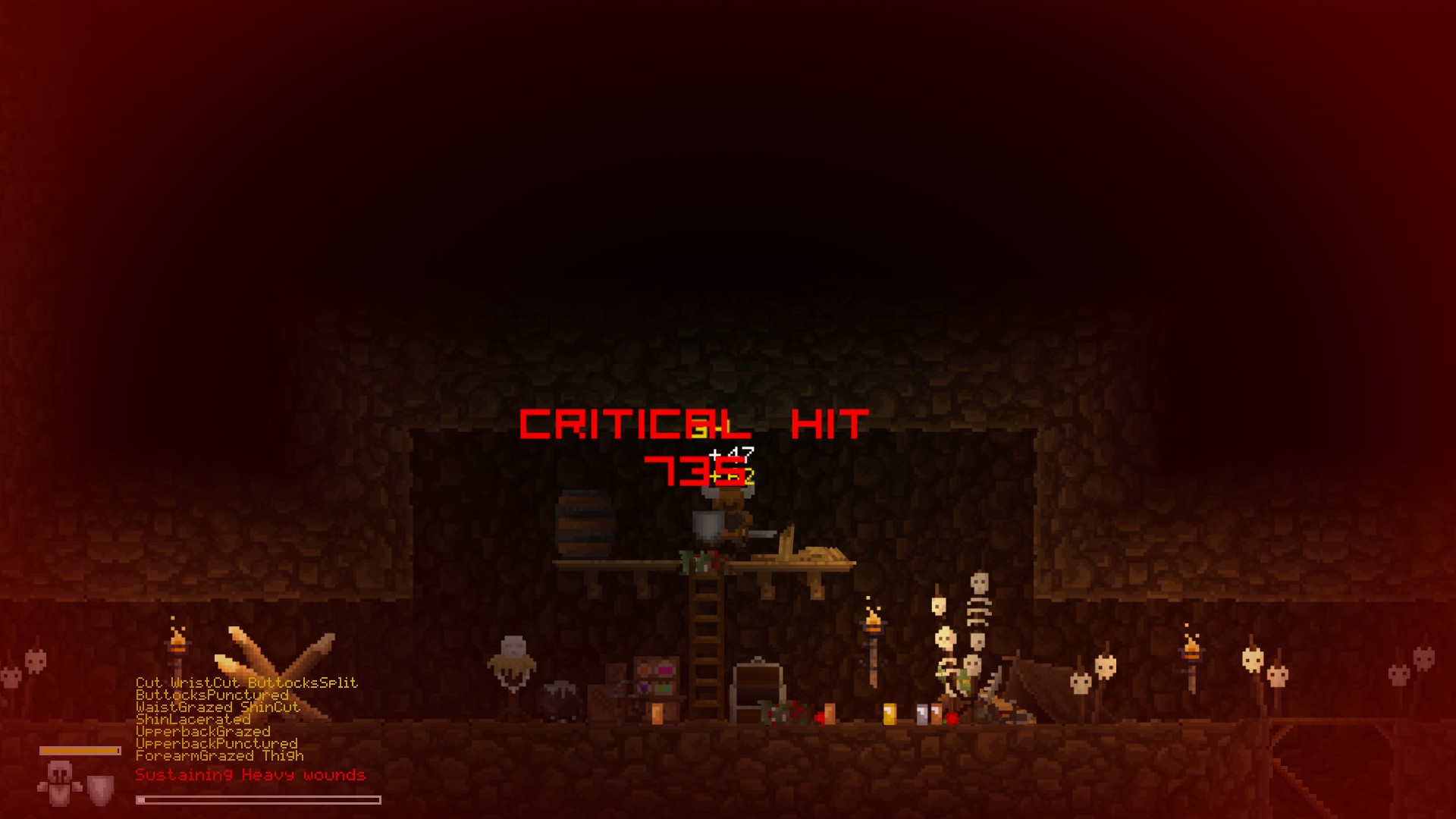
If two-dimensional indie adventures on a healthy open map are your thing, do not pass by RoR under any circumstances.
Share
Discuss
More Reviews

